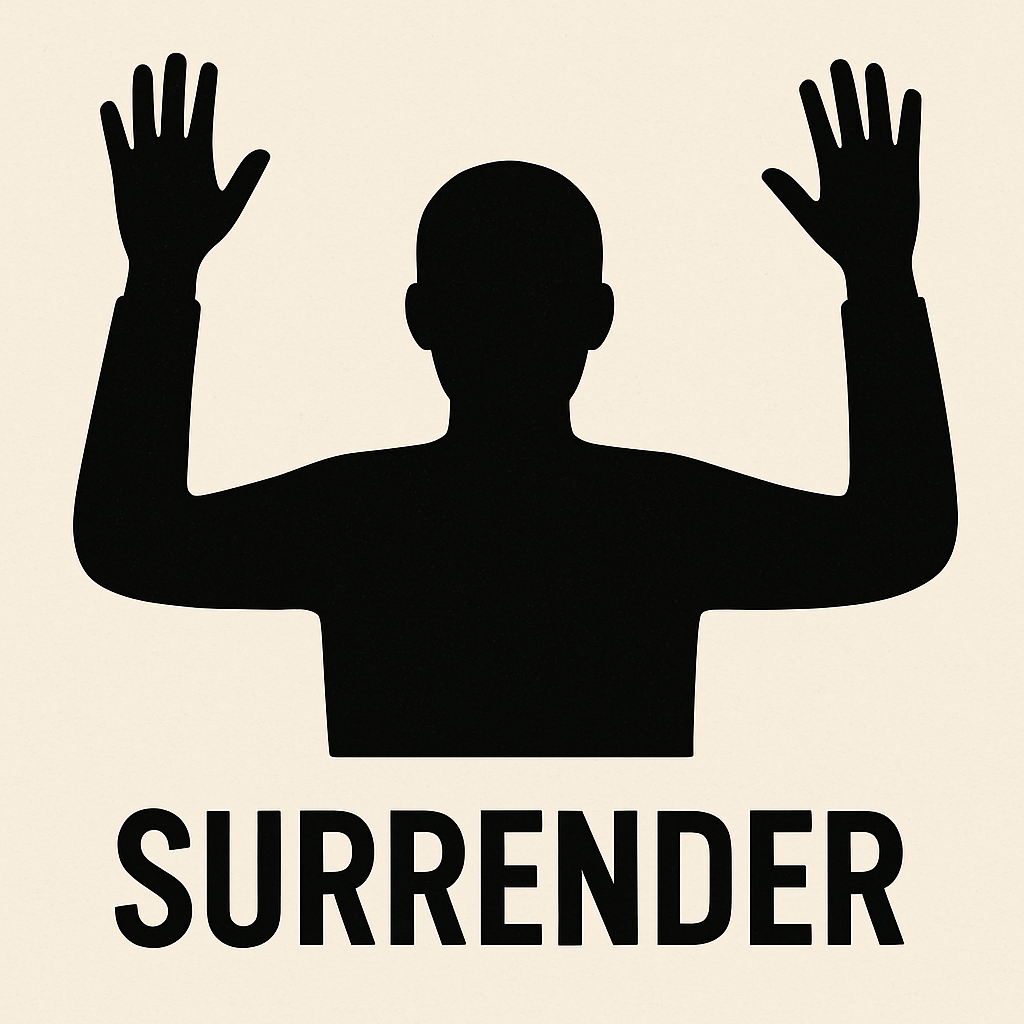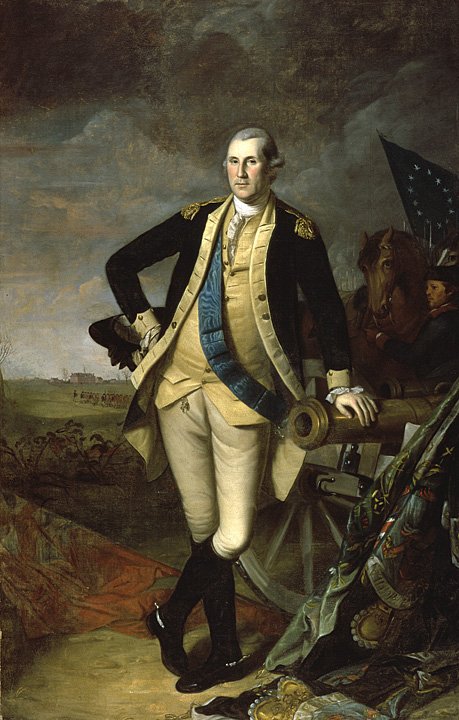
We’re constantly told to fight harder, push through, and never back down.
So when someone talks about “surrender,” it feels like the opposite of strength.
But here’s a powerful truth: Sometimes, the smartest move isn’t to resist—it’s to yield. Not out of fear or defeat, but out of strategy.
There’s a kind of surrender that isn’t about giving up at all. It’s about playing the long game—staying in control by appearing to let go.
When Backing Off is the Boldest Move
You’re not always in a position to win head-on. Maybe you’re outmatched, outnumbered, or simply out of your depth at that moment.
In those situations, holding your ground can lead to collapse. But choosing to step back, to pause, to retreat with intention—that’s a form of power most people overlook.
Strategic surrender isn’t weakness. It’s a calculated move that:
- Buys you time
- Preserves your energy
- Disorients your opponent
- And positions you for a comeback
It’s not quitting. It’s chess—not checkers.
Ego vs. Intelligence
Let’s be honest—ego loves a good fight. It wants to prove something. It craves control.
But ego isn’t thinking long term.
Intelligence is.
Sometimes, real control comes from knowing when not to react.
When to let things slide.
When to look “weak” so you can later strike from a position of strength.
When History Got It Right
This isn’t a modern idea. Some of history’s most influential leaders have used this tactic masterfully.

George Washington’s Revolutionary Patience
When we think of great military leaders, we often picture bold moves and crushing victories. But George Washington, the commander of the Continental Army during the American Revolution, won not by overpowering—but by outlasting. His real strength? He knew exactly when to walk away.
At first glance, that might sound like weakness. But in reality, it was the ultimate long-game strategy.
Fighting a Giant with a Slingshot
Washington wasn’t leading a world-class army. His troops were outnumbered, poorly supplied, and barely trained. Meanwhile, the British had the largest and most professional military in the world.
Most generals in his shoes would’ve tried to prove themselves early—go head-to-head, win a big battle, show strength.
Washington didn’t. He chose something smarter.
He chose to live to fight another day.
Surrender Is a Power Play
This tactic works in everyday life, not just on the battlefield.
- In relationships, sometimes stepping back during conflict keeps things from exploding—and gives you space to reconnect with clarity.
- In business, you might walk away from a deal that feels wrong… only to find it come back to you on better terms.
- In personal growth, surrendering control over things you can’t change helps you focus on the things you can.
It’s not about passivity. It’s about positioning.
You’re not avoiding the fight. You’re picking the right one, at the right time, on your terms.
Know When to Flow
There’s a kind of strength in stillness.
In silence.
In not reacting immediately.
Sometimes, letting someone else think they’ve won is exactly what sets you up for your next real win.
Because when you surrender with intention, you’re not backing down.
You’re stepping aside so you can step forward later—stronger, sharper, and ready.
Strategic surrender is not passive.
It’s not weakness, people-pleasing, or avoidance.
It’s active, intentional, and rooted in a long-term vision.
You’re not giving up. You’re giving in—for now.
Don’t confuse surrender with submission. The former is power. The latter is powerlessness.
Final Thought: There’s Strength in Stillness
Sometimes the loudest move you can make… is none at all. Sometimes letting others think they’ve won is the best way to actually win.
Surrender, when done with purpose, is a masterstroke.
It’s a silent signal that says:
“I’m not losing. I’m just not wasting energy on this.”
And that is real power.
